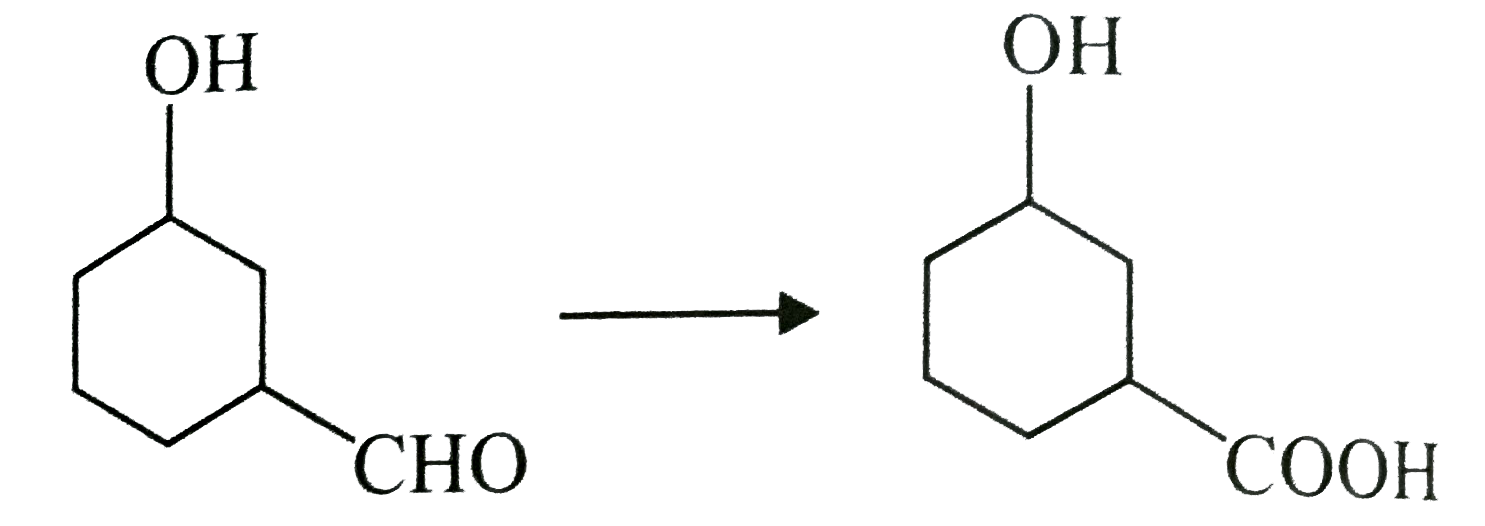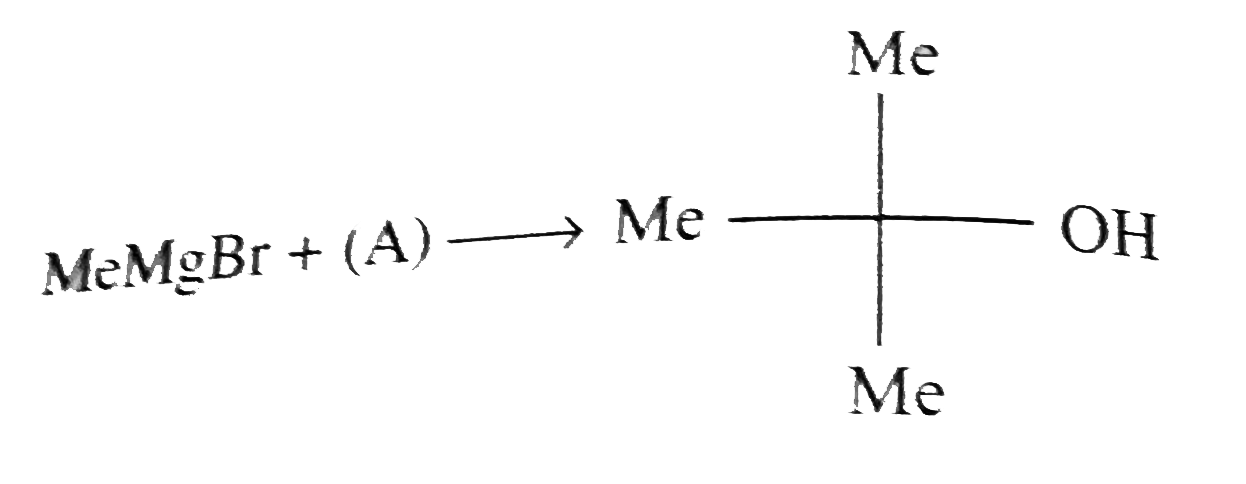Which condition is suitable for the forward reaction?
Q=Kc
Q>Kc
Q<Kc
Q=0
The correct Answer is:C
To determine the suitable condition for the forward reaction in a chemical equilibrium, we need to analyze the relationship between the reaction quotient (Q) and the equilibrium constant (Kc). Here’s a step-by-step solution:
Step 1: Understand the Reaction Quotient (Q)
The reaction quotient (Q) is a measure of the relative concentrations of products and reactants at any point in time during a reaction. It is calculated using the formula:
Q=(C)c(D)d(A)a(B)b
where (C) and (D) are the concentrations of the products, and (A) and (B) are the concentrations of the reactants.
Step 2: Analyze the Equilibrium Constant (Kc)
The equilibrium constant (Kc) is a specific value that represents the ratio of the concentrations of products to reactants at equilibrium. It is also calculated using the same formula as Q but specifically at equilibrium conditions.
Step 3: Compare Q and Kc
- If Q<Kc: This indicates that the concentration of reactants is higher compared to products, and the reaction will proceed in the forward direction to produce more products.
- If Q=Kc: The system is at equilibrium, and there is no net change in the concentrations of reactants and products.
- If Q>Kc: This indicates that the concentration of products is higher compared to reactants, and the reaction will favor the reverse direction to produce more reactants.
Step 4: Identify the Suitable Condition for Forward Reaction
For the forward reaction to be favored, we need the condition where:
Q<Kc
This means that the concentration of reactants is greater than that of products, prompting the reaction to shift towards the formation of more products.
Conclusion
The suitable condition for the forward reaction is when:
Q<Kc
The reaction quotient (Q) is a measure of the relative concentrations of products and reactants at any point in time during a reaction. It is calculated using the formula:
Q=(C)c(D)d(A)a(B)b
where (C) and (D) are the concentrations of the products, and (A) and (B) are the concentrations of the reactants.
The equilibrium constant (Kc) is a specific value that represents the ratio of the concentrations of products to reactants at equilibrium. It is also calculated using the same formula as Q but specifically at equilibrium conditions.
- If Q<Kc: This indicates that the concentration of reactants is higher compared to products, and the reaction will proceed in the forward direction to produce more products.
- If Q=Kc: The system is at equilibrium, and there is no net change in the concentrations of reactants and products.
- If Q>Kc: This indicates that the concentration of products is higher compared to reactants, and the reaction will favor the reverse direction to produce more reactants.
For the forward reaction to be favored, we need the condition where:
Q<Kc
This means that the concentration of reactants is greater than that of products, prompting the reaction to shift towards the formation of more products.
The suitable condition for the forward reaction is when:
Q<Kc
Similar Questions
Knowledge Check
Consider the reaction equilibrium, 2SO2(g)+O2(g)⇔,ΔH∘=−198kJ . On the basis of Le-Chatelier's principle, the condition favourable for the forward reaction is
ALowering of temperature as well as pressureBIncreasing temperature as well as pressureCLowering the temperature and increasing the pressureDAny value of temperature and pressureConsider the reaction equilibrium, 2SO2(g)+O2(g)⇔,ΔH∘=−198kJ . On the basis of Le-Chatelier's principle, the condition favourable for the forward reaction is
Alowering of temperature as well as pressureBincreasing of temperature as well as pressureClowering of temperature and increasing of pressureDany value of temperature and pressure.Consider the reaction equilibrium,
2SO2(g)+O2(g)⇔2SO3(g),△H∘=−198kJ
On the basis of Le Chatelier's principle, the condition favourable for the forward reaction is,Alowering of temperature as well as pressureBincreasing of temperature as well as pressureClowering of temperature and increasing of pressureDany value of temperature and pressure.
Which of the following conditions is not suitable for the brown ring test of NO−2 ?
View SolutionAn endothermic reaction with high activation energy for the forward reaction is given by the diagram
View SolutionAn endothermic reaction with high activation energy for the forward reaction is given by the diagram
View SolutionWhich is the most suitable regent for the reaction?

View SolutionWhich of the reagents is the most suitable for the following reaction ?
 .
.
View Solution
